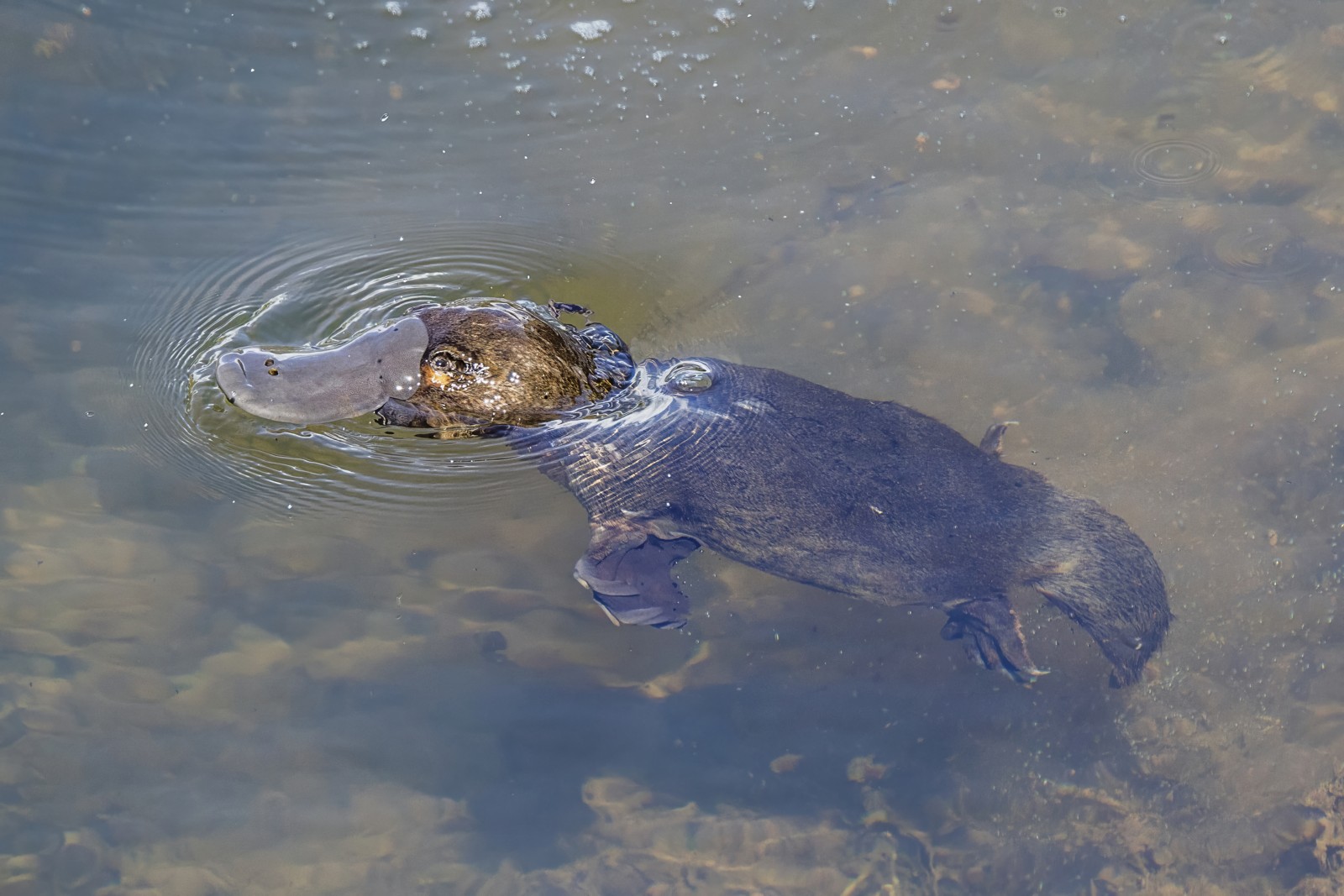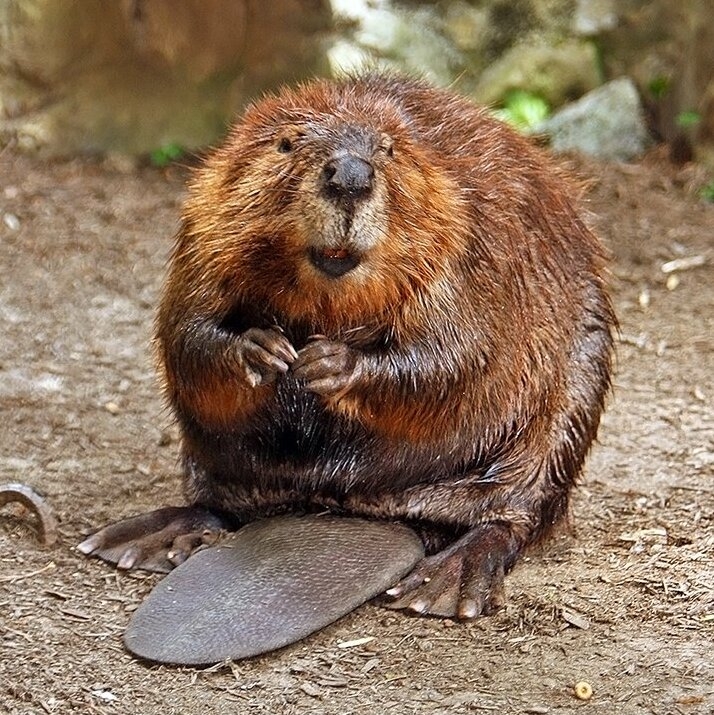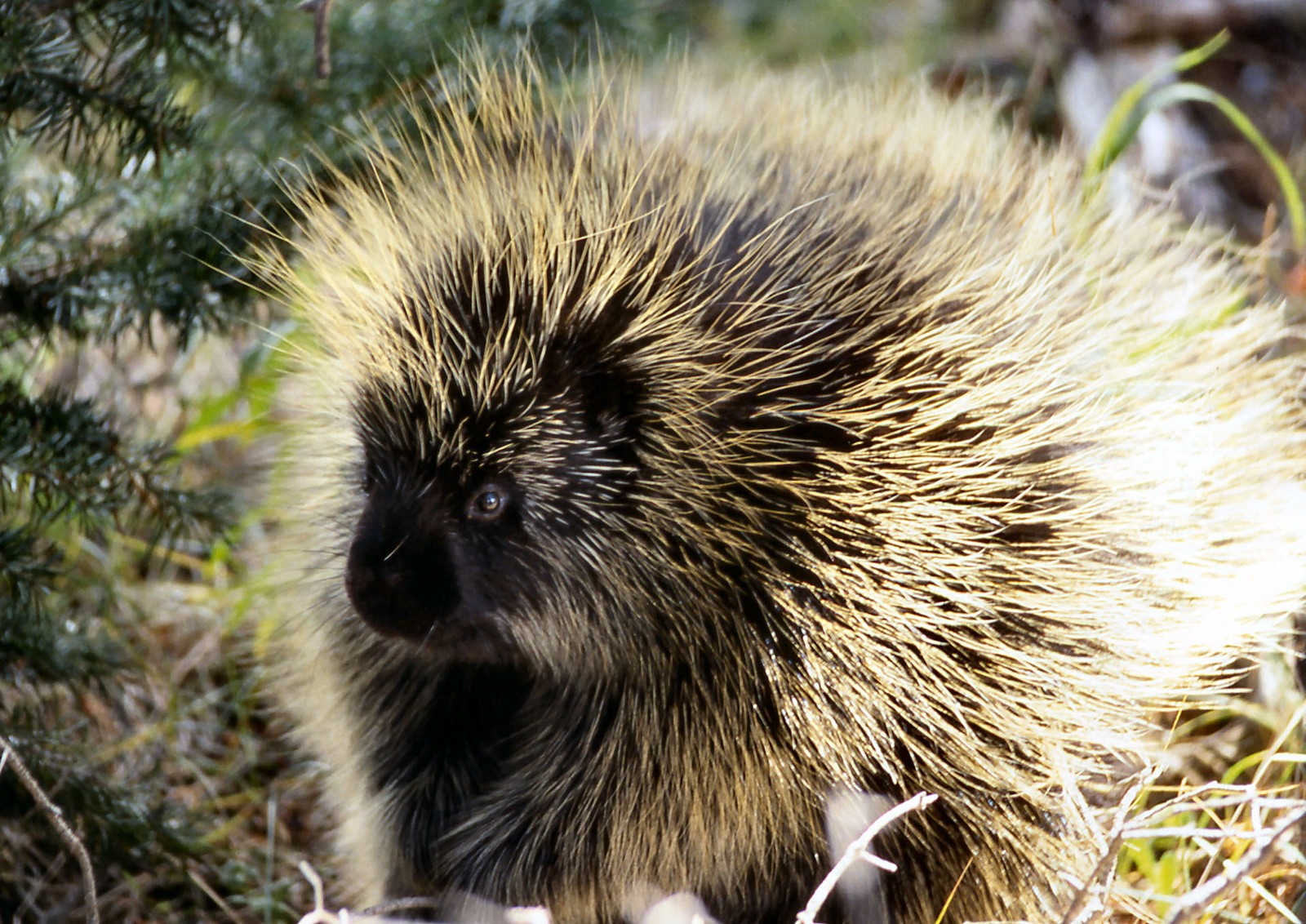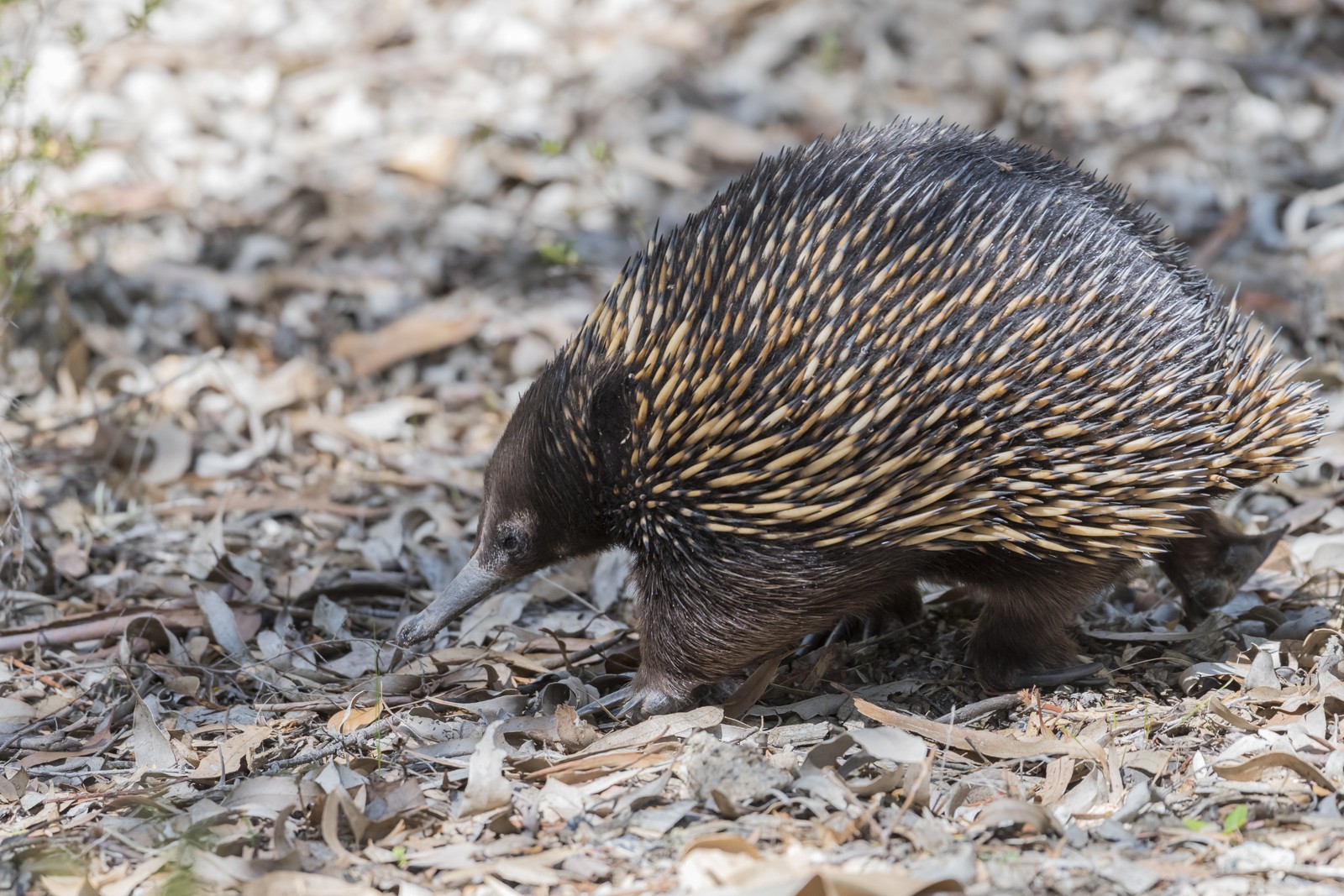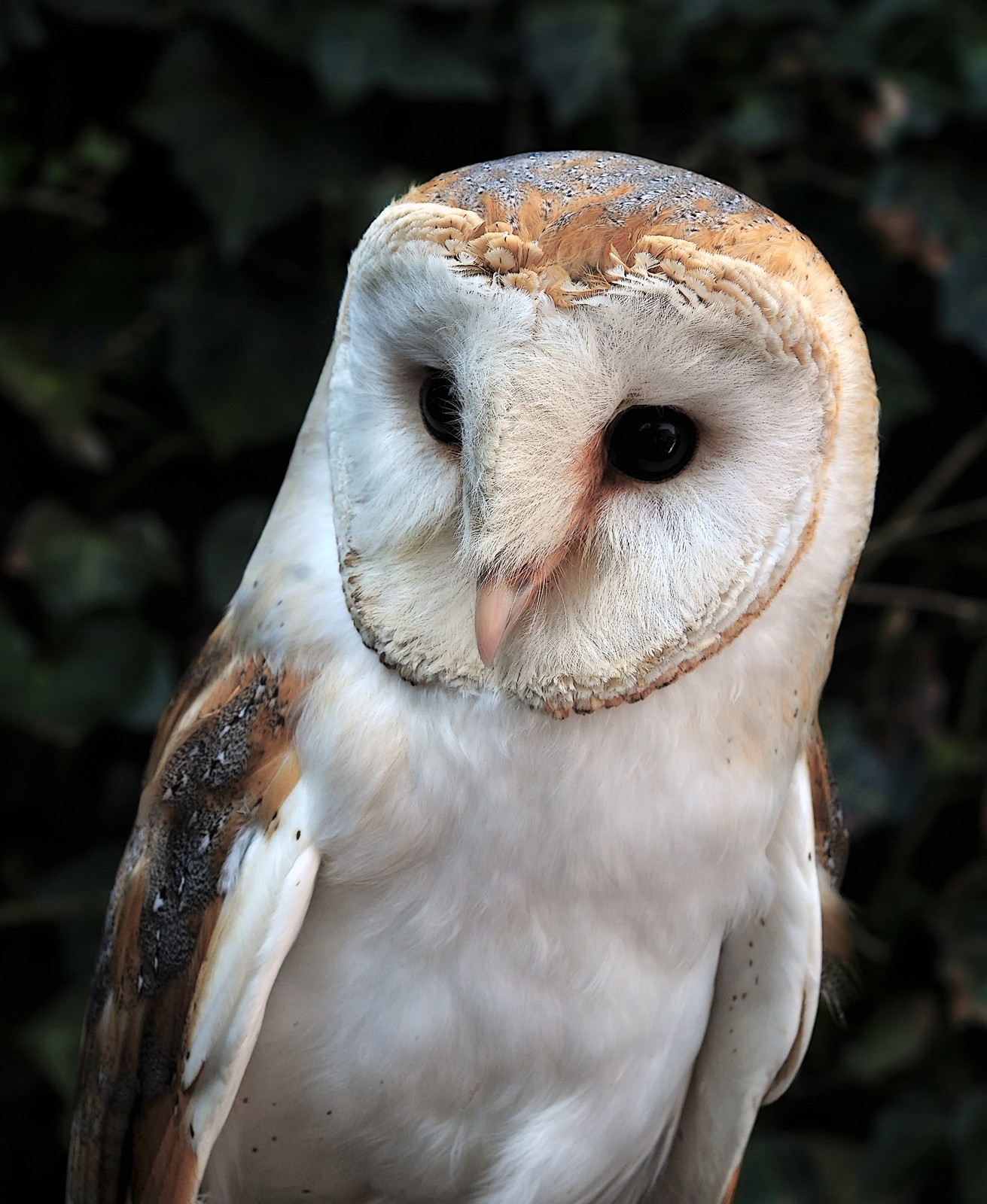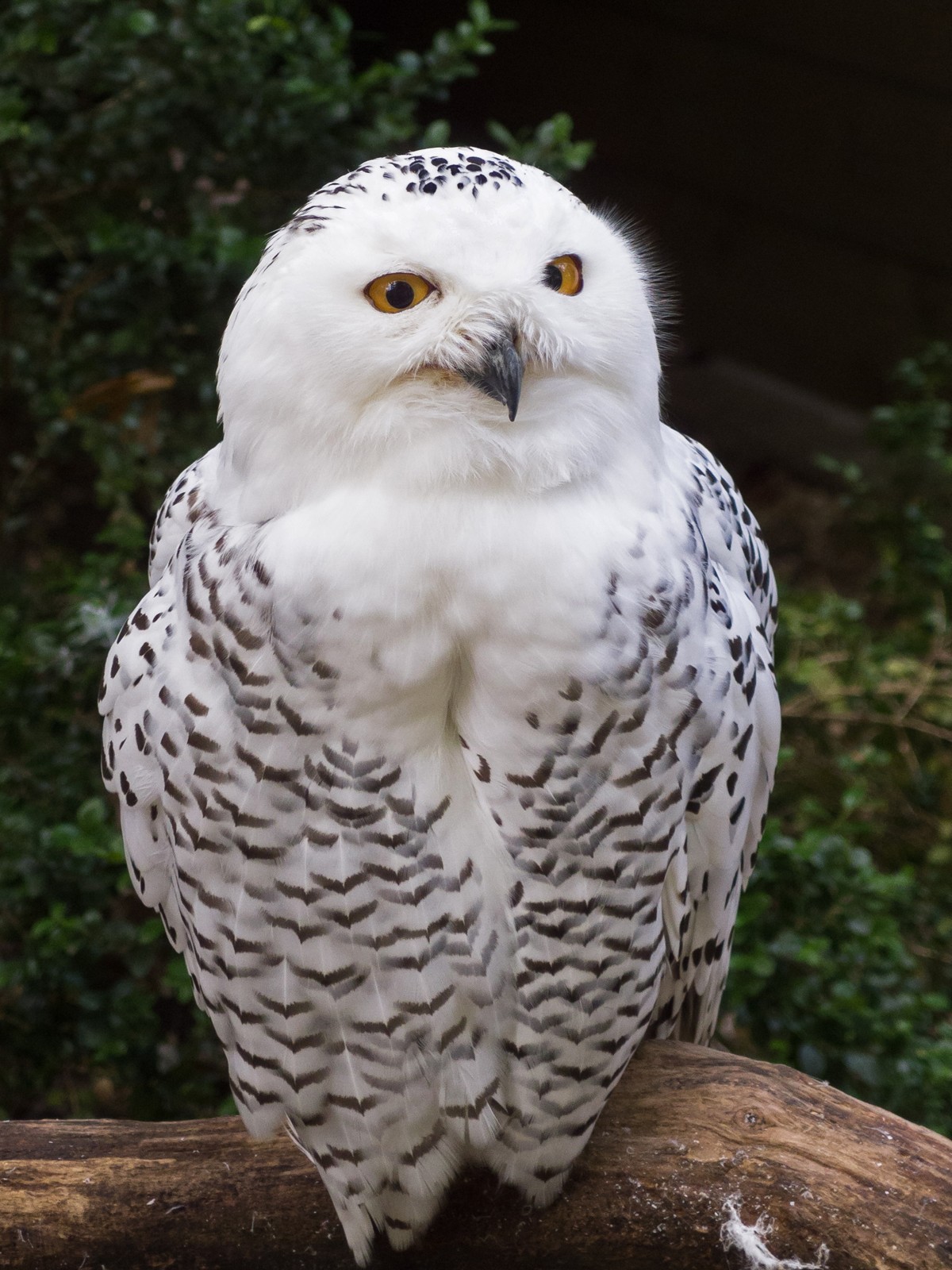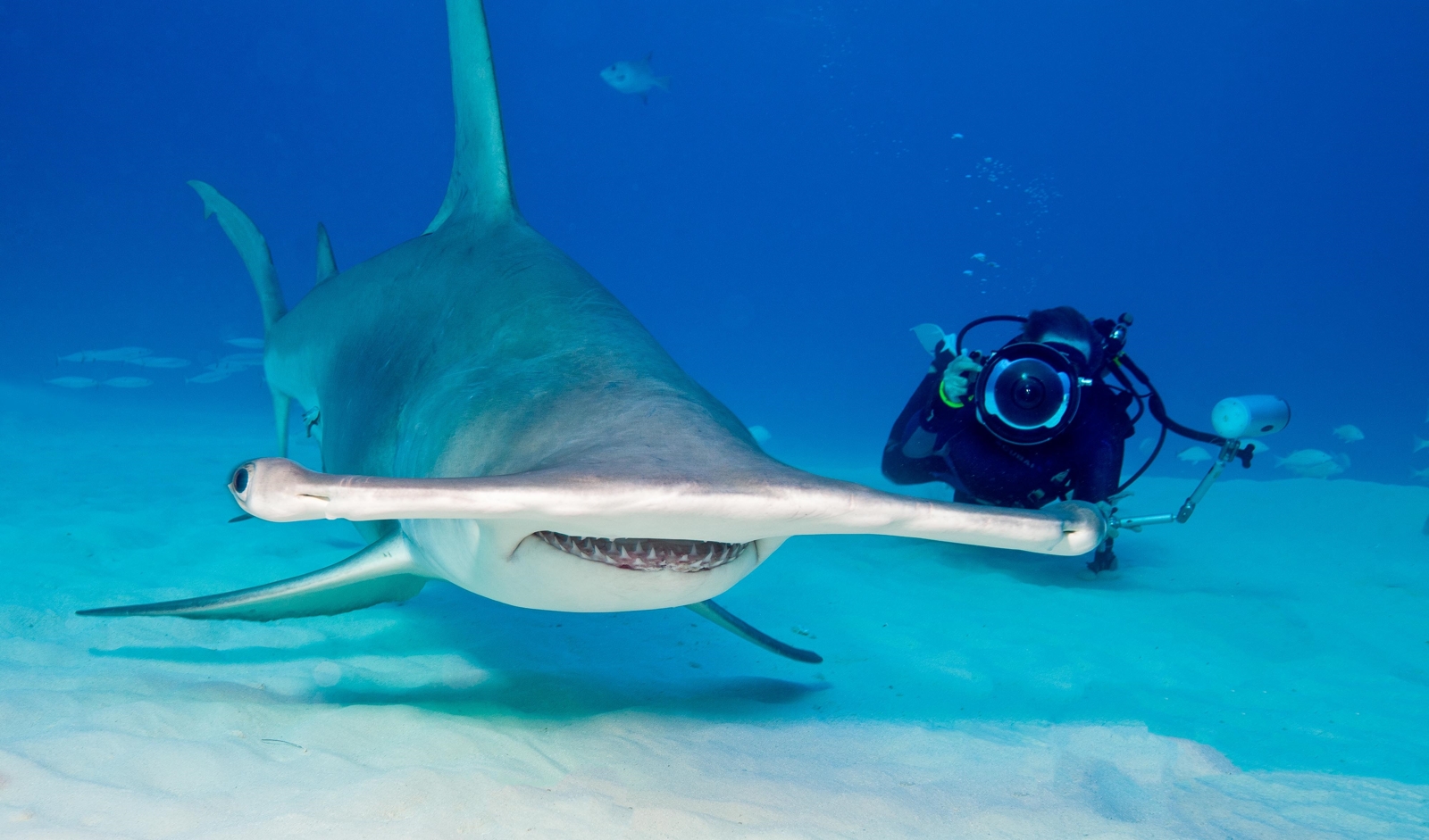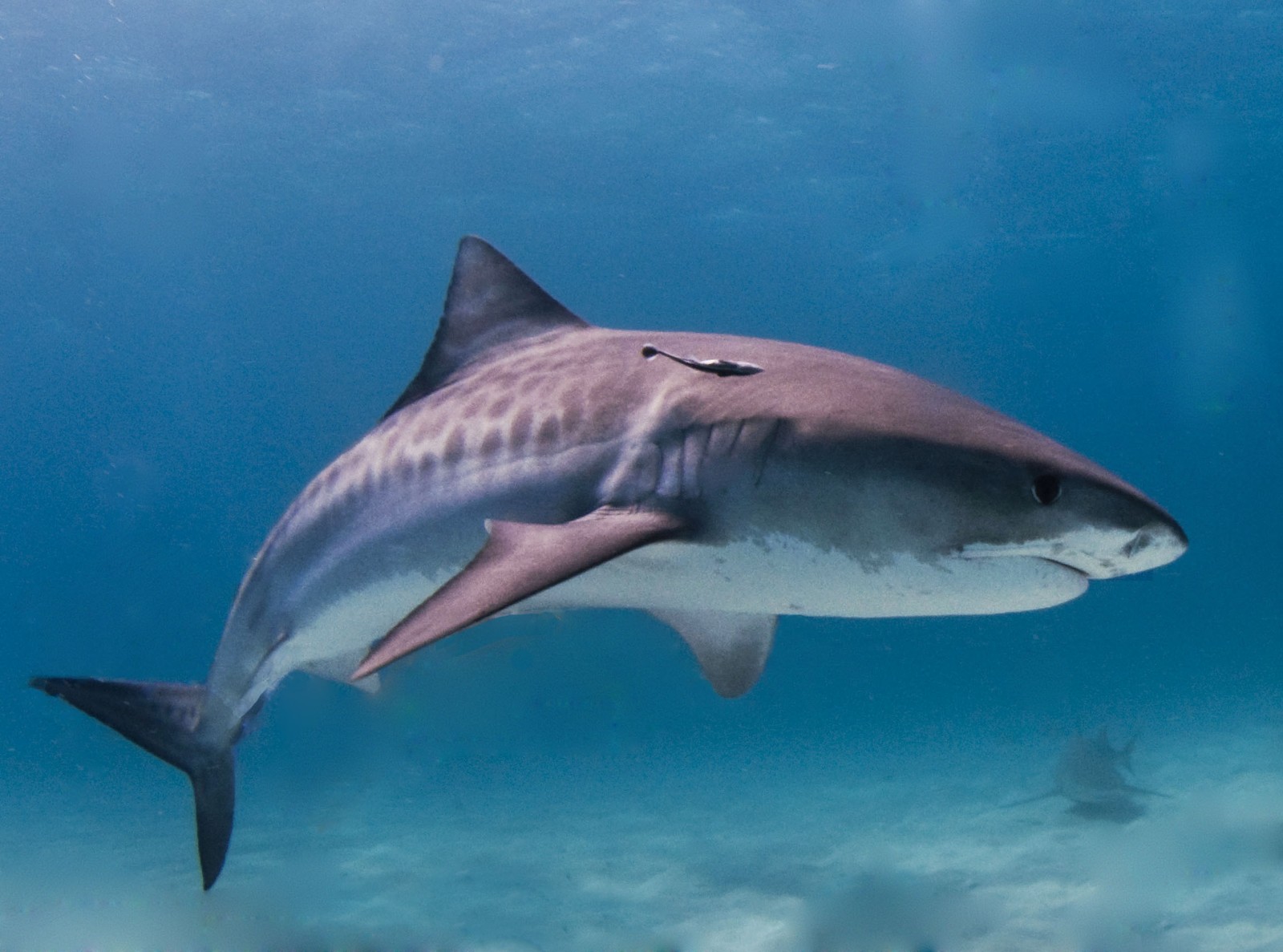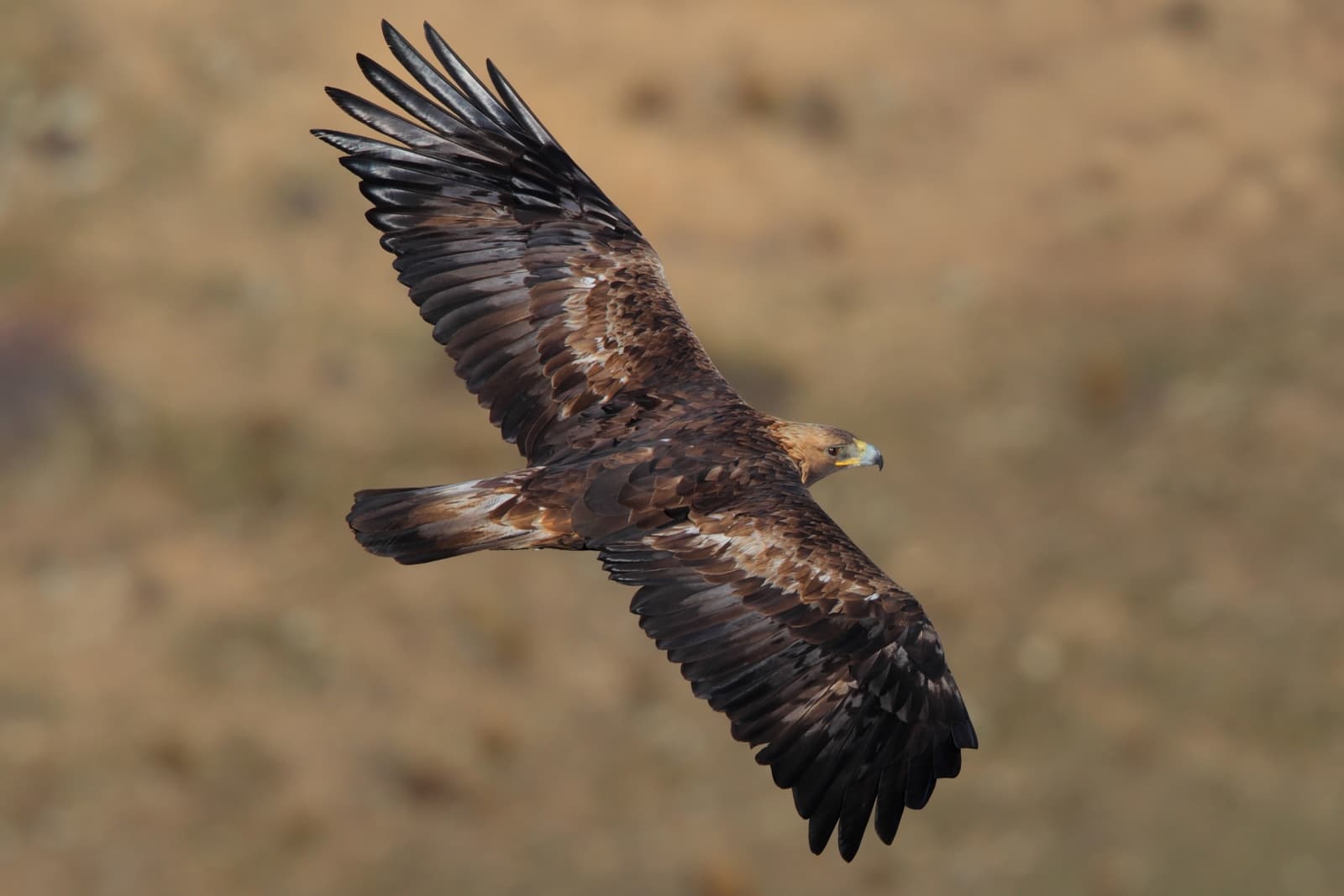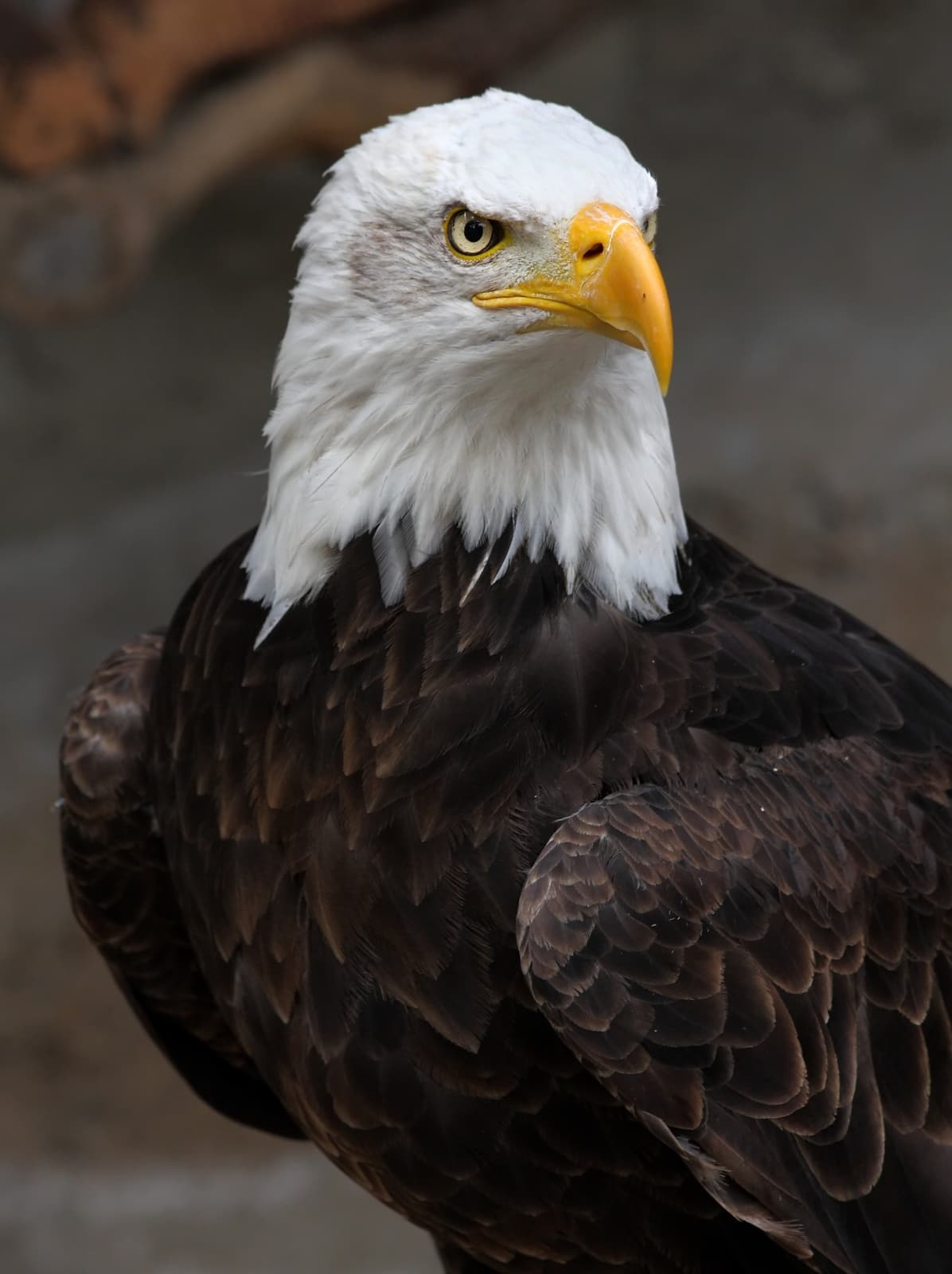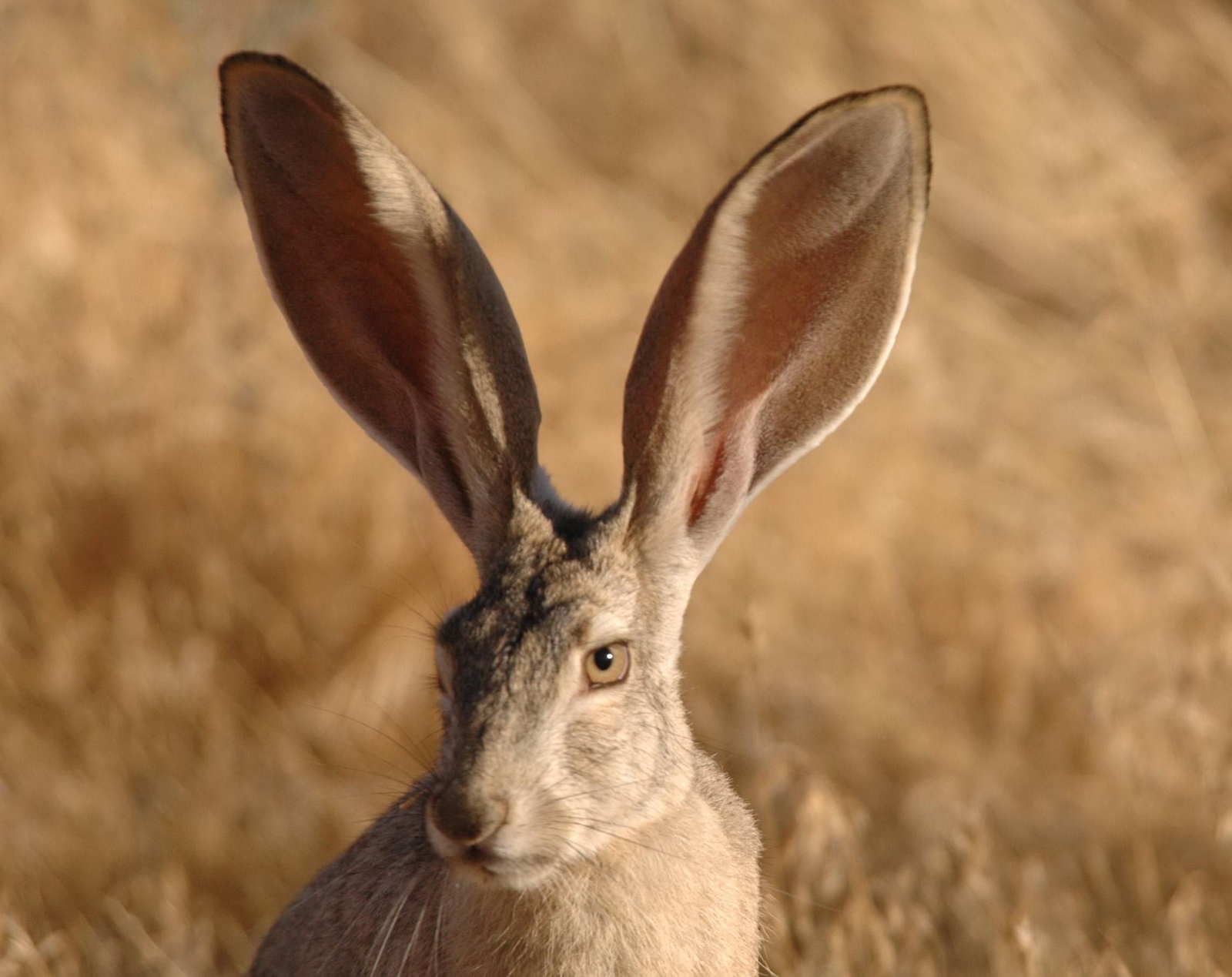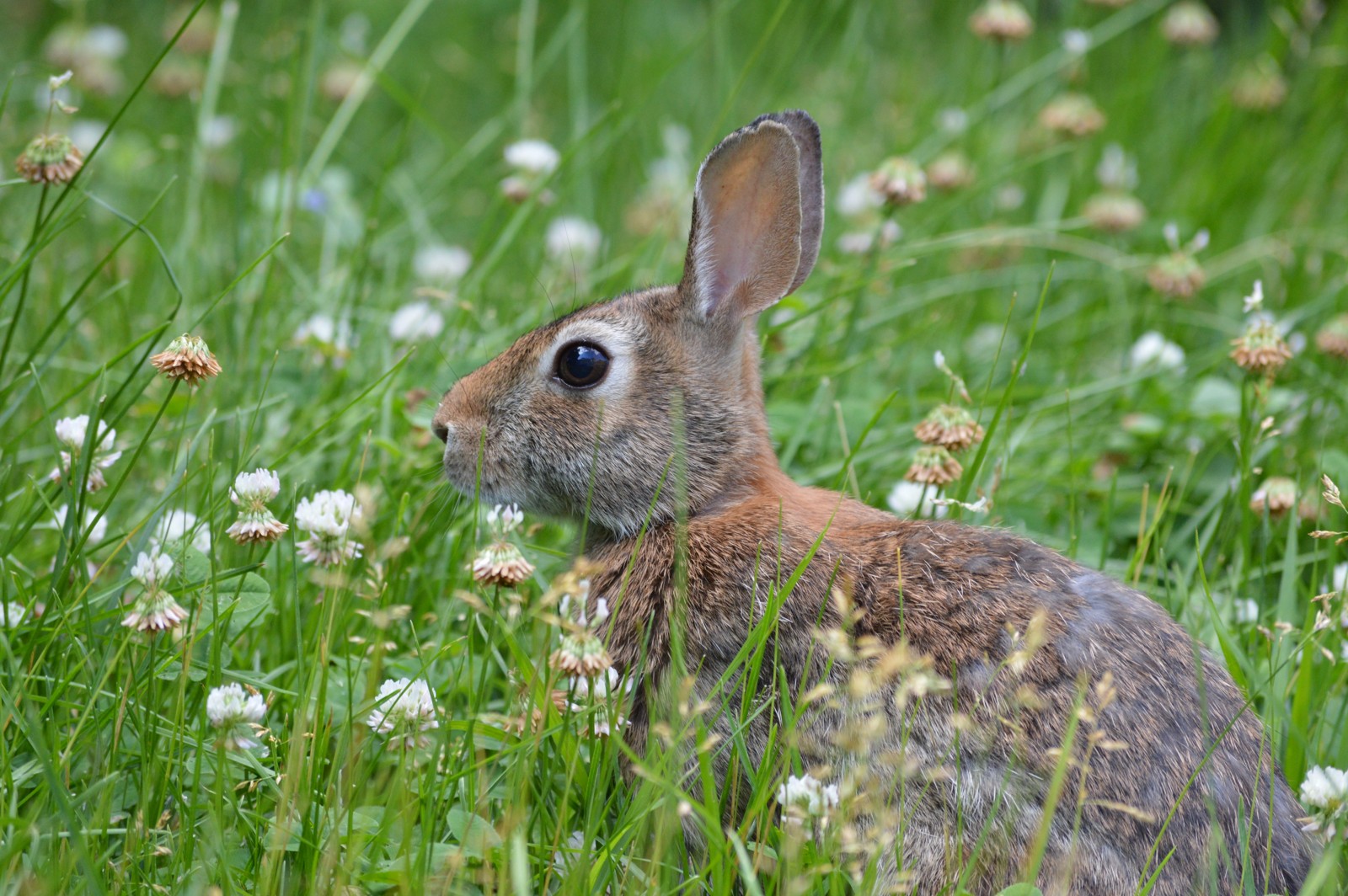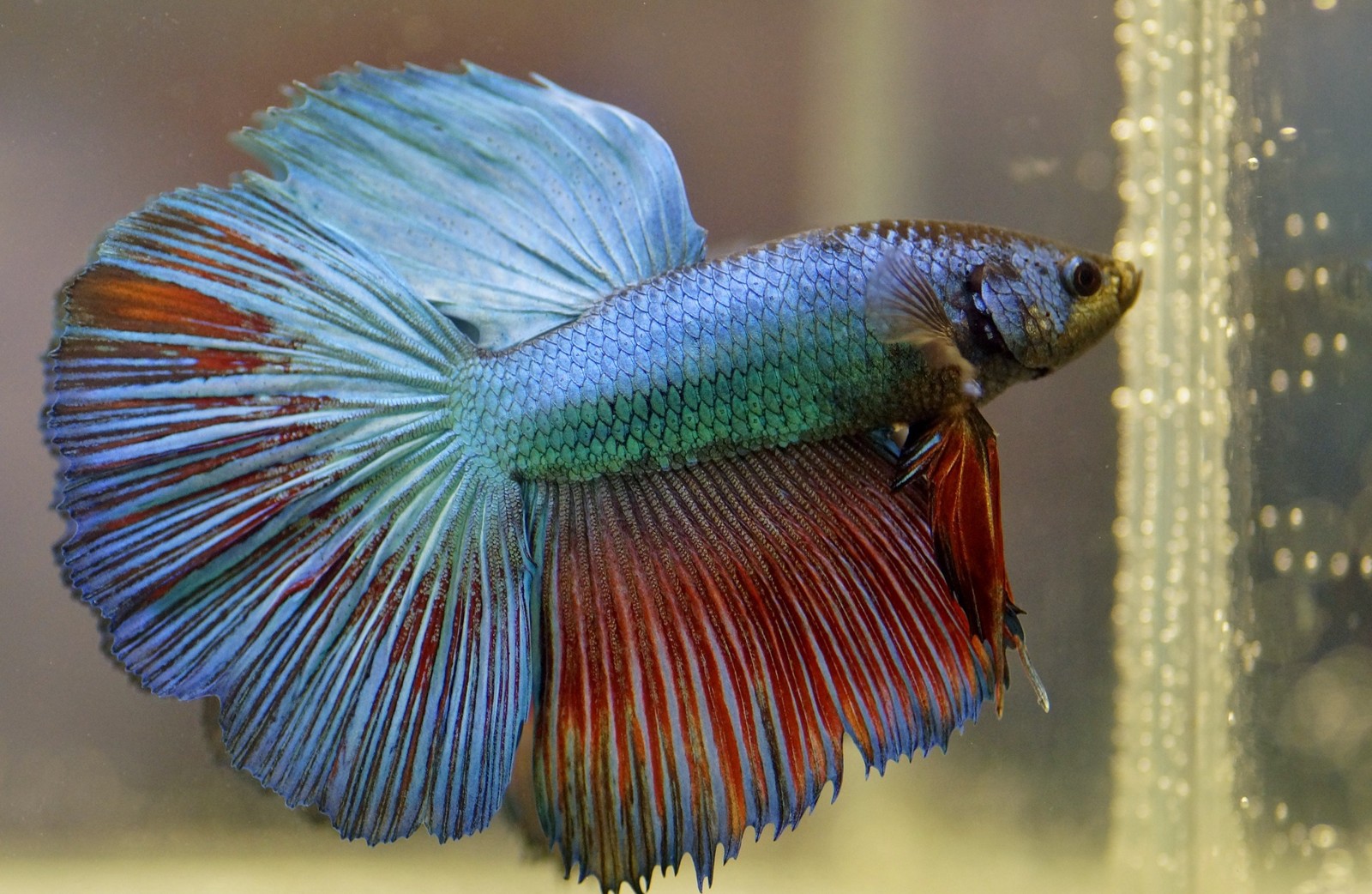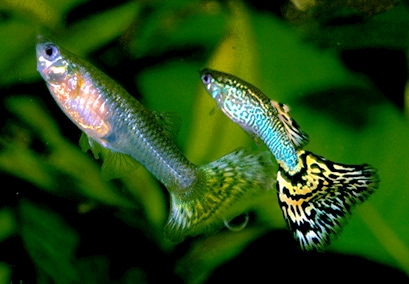Platypus vs Echidna: A Complete Comparison
When comparing platypus vs echidna, we encounter nature’s most remarkable evolutionary oddities. These two egg-laying mammals, known as monotremes, are the only surviving members of their kind. While both lay eggs and produce milk, the platypus adapted to semi-aquatic life with its duck-like bill and webbed feet, while the echidna evolved into a terrestrial insectivore with protective spines and a specialized snout.
The platypus weighs 2-5.5 pounds (0.9-2.5 kg) and measures up to 20 inches (51 cm) in length, while the short-beaked echidna typically weighs 4-15 pounds (2-7 kg) and reaches lengths of 12-18 inches (30-45 cm). Despite sharing ancient ancestry, these fascinating creatures have evolved dramatically different survival strategies and physical characteristics.
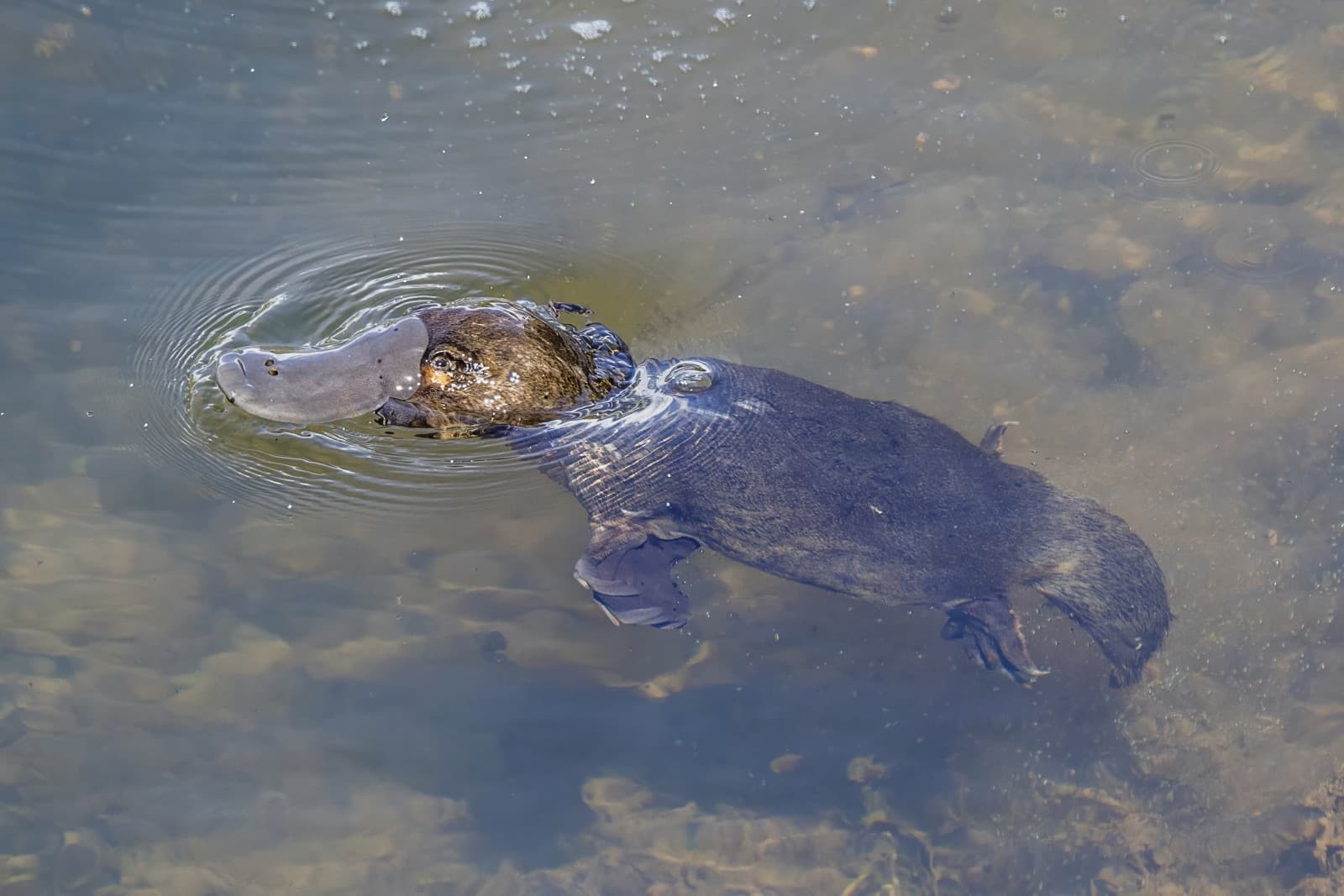
© Charles J. Sharp / CC BY-SA 4.0
The platypus demonstrates perfect adaptation to aquatic life, with its streamlined body and distinctive duck-bill designed for underwater foraging. This remarkable creature uses electroreceptors in its bill to detect prey beneath river sediments.
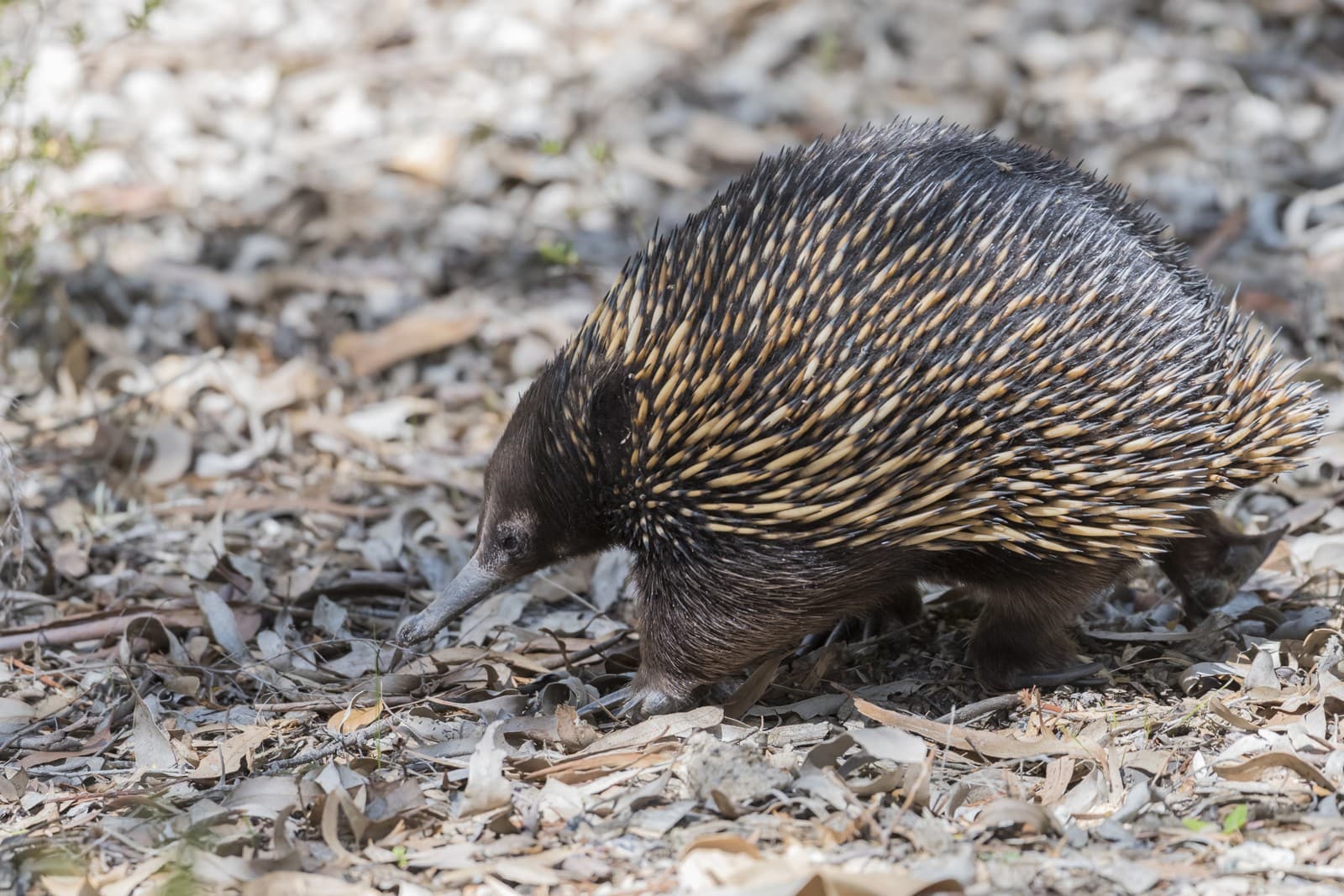
© Gunjan Pandey / CC BY-SA 4.0
The echidna showcases terrestrial specialization with its spiny defense system and long, sensitive snout perfect for probing soil and bark for insects. Its powerful limbs and claws enable efficient digging for food and shelter.
Key Differences Between Platypus and Echidna
| Feature | Platypus | Echidna |
|---|---|---|
| Habitat | Rivers and streams | Forests and grasslands |
| Diet | Aquatic invertebrates | Ants and termites |
| Defense | Venomous spurs (males) | Spiny quills |
| Movement | Swimming and waddling | Walking and digging |
| Body Covering | Dense waterproof fur | Spines and coarse hair |
| Snout Type | Duck-like bill | Long, tubular beak |
Habitat and Lifestyle Comparison
The platypus inhabits eastern Australian waterways, requiring clean rivers or streams with earthen banks for burrow construction. These semi-aquatic mammals spend up to 12 hours daily foraging underwater, using their sensitive bills to detect prey through electroreception.
In contrast, echidnas adapt to diverse terrestrial environments across Australia, from arid deserts to alpine regions. Their powerful claws allow them to break into termite mounds and ant nests, while their long, sticky tongues efficiently collect prey.
Unique Adaptations and Abilities
Platypus Specializations
- Electroreceptive bill with 40,000+ sensors
- Webbed feet that retract for walking
- Venomous spurs in males
- Waterproof fur with insulating properties
- Flexible bill containing sophisticated prey-detection system
Echidna Specializations
- Up to 100 protective spines per square inch
- Specialized tongue extending 7 inches (18 cm)
- Powerful digging claws
- Low metabolic rate for energy conservation
- Temperature-dependent sex determination in eggs
Reproduction and Development
Both species lay eggs, but their reproductive strategies differ significantly. Platypuses typically lay 1-3 eggs in underground burrows, with females incubating them for about 10 days. Young platypuses nurse for 3-4 months before becoming independent.
Echidnas produce one egg at a time, carrying it in a temporary pouch. The puggle (baby echidna) hatches after about 10 days and continues developing in the pouch for 45-55 days, nursing on specialized milk patches.
Conservation Status and Threats
While both species face challenges from habitat loss and climate change, the platypus faces greater immediate threats due to its dependence on healthy waterways. Recent studies indicate declining platypus populations, particularly in areas affected by drought and water extraction.
Echidnas demonstrate greater resilience due to their adaptability to various habitats, though they face threats from vehicle strikes and habitat fragmentation. Both species require continued conservation efforts to ensure their survival as living representatives of ancient mammalian evolution.
Who Would Win in a Confrontation?
While neither species naturally confronts the other, the echidna’s defensive capabilities would likely prove superior in any theoretical encounter. Its protective spines provide excellent defense, while the platypus’s venomous spurs, though potent, are only present in males and primarily used during breeding season conflicts.
The comparison of platypus vs echidna reveals nature’s remarkable ability to produce specialized solutions to different environmental challenges. These living fossils continue to fascinate scientists and nature enthusiasts alike, representing a unique chapter in evolutionary history.
